2022 Nissan Ariya | PH Review
The company that made the Leaf and the Qashqai now has the Ariya - but this Nissan is rather more interesting...
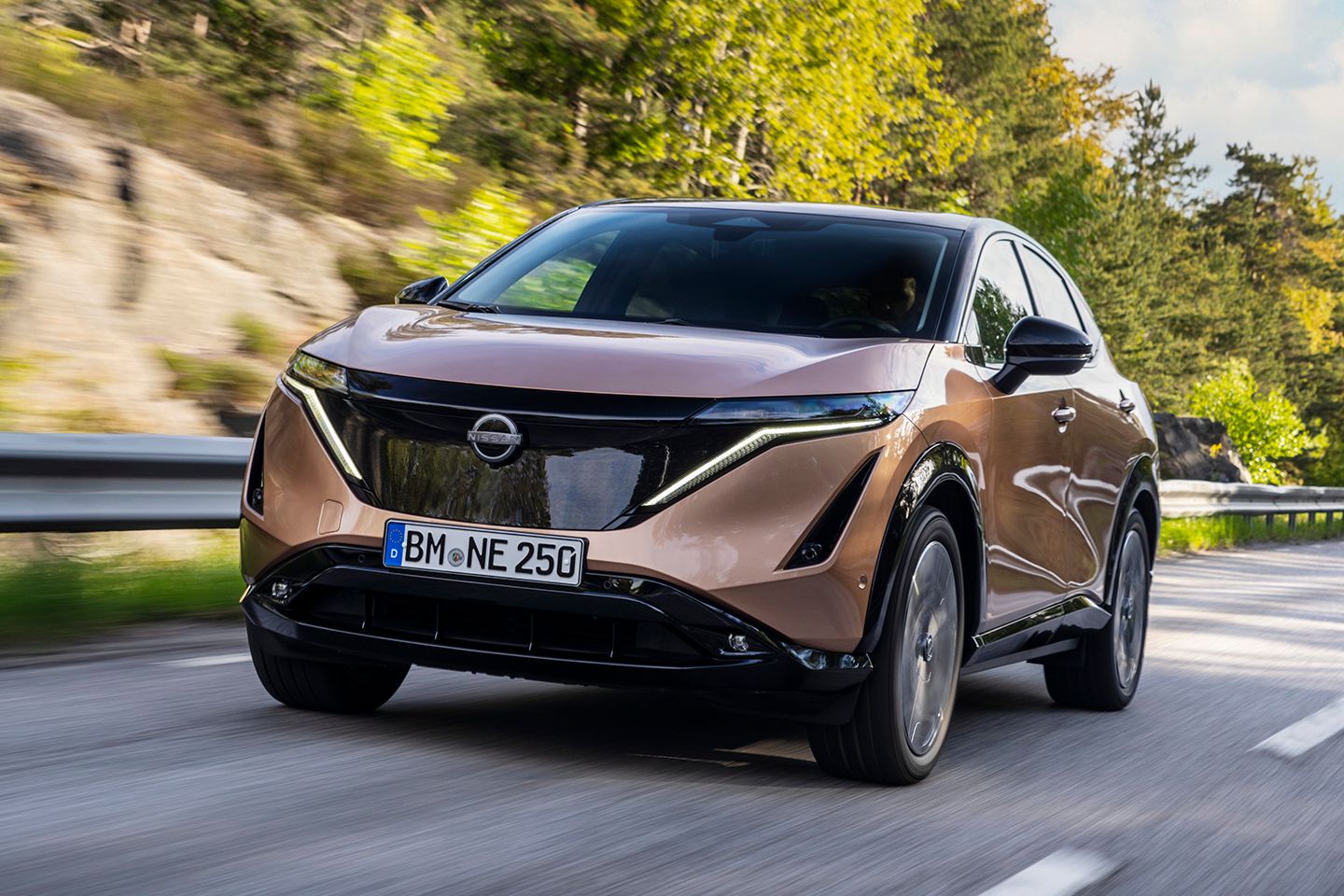
Electric crossovers. An inevitable and ultimately quite handy addition to our world, or simply an oversized blot on the car enthusiast landscape? The wide spectrum of intrigue served up by carmakers so far hasn’t yet really given us a definitive answer – Hyundai and Kia have knocked it out of the park with their bold Ioniq 5 and EV6, but certain VW group alternatives simply haven’t captured our imagination in quite the same way.
So what about the pioneer of the mainstream EV? Nissan has sold over half a million Leafs (Leaves?) so far, making it the most successful electric car of them all. While sales have built as exponentially as the public’s appetite for plug-in power, perhaps some of those buyers will soon be trading their Leaf back in for something bigger and more du jour – the same tech and thinking, just poured into an SUV mould.
And what a mould. The coupe-SUV aesthetic doesn’t really work in most cases, but there’s something about the Nissan Ariya’s smoothly appointed creases – ‘Japanese futurism’, in the clanging design lingo – that’s improbably arresting in the metal. Promise. Pictures may not do the Ariya justice, but it’s a genuinely good-looking thing when it’s slap-bang in front of you. Whether its impact will fade as they pour increasingly onto our roads remains to be seen.
It's probably fair to ponder what it’s doing here on PH, but there are numerous reasons why the Ariya matters to you and I. There’s a British industry story, with Nissan’s Sunderland plant soon to swell in size with the addition of a £1bn battery Gigafactory (even if the Ariya itself is made in Japan). There’s the tech story, with higher-powered Ariyas getting an intriguing four-wheel-drive system that would be a shoo-in – in one form or another – for whatever future chapter of the GT-R story we’re blessed with. Then there’s a more prosaic, but more relevant ‘two-car garage’ story. Running a car like this Monday to Friday with a petrol-powered sports car tucked away for the weekend may well prove to be how most of us embrace an electric future.
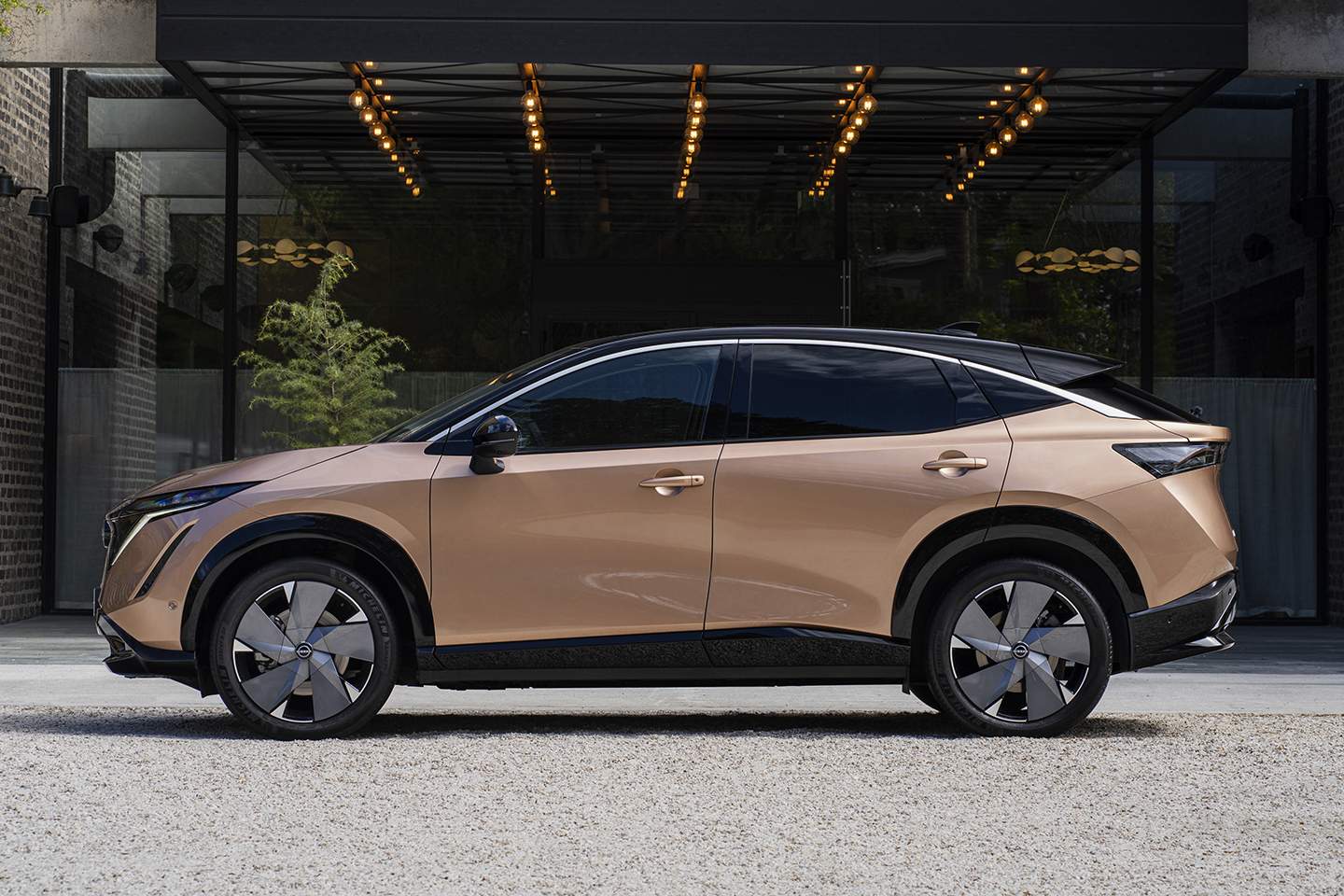
I can think of worse cars to drive on workdays than an Ariya. Many of them. It should be no surprise that a carmaker that introduced both the affordable EV and the crossover to the market has nailed a combination of the two. But the Ariya, while not exactly brimming with driving appeal, nails its brief.
You’ve a choice of two different battery sizes (63 and 87kWh) and power outputs ranging from 217 to 394hp, the latter paired with 443lb ft of torque and a 4WD system for a 0-62mph time of 5.1secs. The most efficient Ariya claims 329 miles of range on a full charge. The maximum capacity of which is 130kW; on par with most rivals, but a long way off the Hyundai and Kia’s 350kW charging potential.
Lots of options, then, but our first taste is of the cheapest, slowest FWD version. The one people are more likely to lease, in other words. While a 217hp output may no longer stagger us, it used to be the preserve of quirky Q-cars in this corner of the market. It’s not so long since a 220hp, five-cyl Ford S-Max snuck subtly onto the driveways of large families whose petrolhead embers still burned.
While it’s evidently not been tuned for fun – smooth, quiet progress is top of its agenda – the Ariya handles quite pertly given its circa two-tonne weight. You’ve a bunch of drive modes to choose from as well as different levels of brake regen and the option of one-pedal operation – called ‘e-pedal’ – but the drivetrain is smart and slick whichever selections you’ve haptically prodded yourself into, albeit prone to wheelspin (or a lunge of electronic intervention) if you’re too binary on the throttle.

It's got light and lifeless but sharply reacting steering, a neat handling balance and nice linear acceleration – hitting 62mph in 7.5secs, this particular Ariya forgoes pointlessly quick off the line tricks. Its power is instead delivered in the mid-range, right where you actually want it. And the strength of the e-pedal regen proves a neat way to shift the car’s weight forwards to tuck its nose into corners.
Not exactly relevant in this shape and size of car, perhaps. But I’ve previously tried a prototype Leaf – on indecently lovely Rays alloys – with a version of e-4ORCE 4WD beneath, which was impressive. The system will likely lend those quicker Ariyas more inherent stability and smoother straight-line manners, as well as nudge their weight distribution to a perfect 50:50.
“It’s the spiritual offspring of the Nissan GT-R's ATTESA E-TS torque split system,” its maker says, giving us more than a mere glimmer of hope that future electrified Nissan sports cars will serve up strong handling and performance with a retuned version. Which is perhaps the key plotline here for enthusiasts. Barring a U-turn worthy of the Tory leadership contest, Nissan won’t be bringing the latest Z (nor any more R35s) to Europe. For Brits, a future Nissan sports car is electric or nothing.
As for the rest of the Ariya? Well, Nissan’s done what’s most important for a family-focused EV crossover: it’s nailed the interior. The CMF-EV platform it’s based upon allows for a nice flat floor and a sliding centre console that swishes fore and aft depending on how much you value the leg space of your rear passengers. It’s among a wealth of neat interior tricks; another sees the drive mode and climate control buttons melded into wood-ish dashboard trim to blend physical and digital operation. The result looks neat and is still quite reassuring to operate. There’s a whiff of ‘gimmick’, but no more so than an Ioniq 5’s seats folding flat into a double bed. And it’s preferable to most current VW switchgear (or lack thereof).
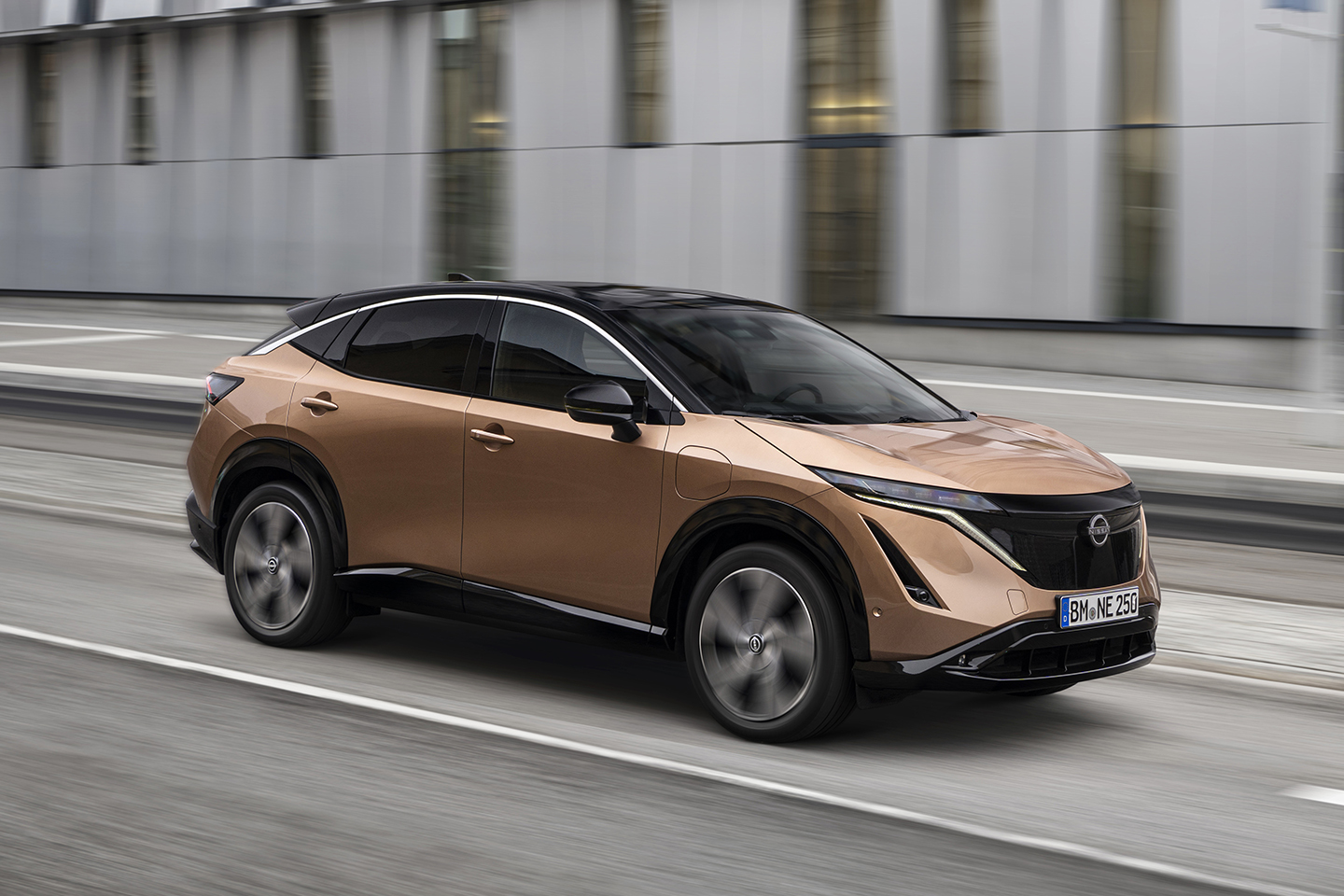
“We did not go for fully digital controls because we wanted to make interaction in the car easy, simple and effortless,” says product manager Alexander Pasternak. “For the same reason we chose horizontal displays with a central screen that’s easy to reach.” An only mildly guarded dig at Tesla, you might assume. Either way, those displays also contain reams of driver assist functions and a voice assistant that’ll link up to connected devices in your home and a smart nav system that’ll check the status of charging stations on your route and update things accordingly if they’re full. Or broken. Naturally the car welcomes over-the-air refreshes, too.
Prices still come with something of an EV premium. It costs more than an equivalent Qashqai, that’s for sure, the entry model kicking things off at £43,845. More power and the larger battery arrive at £49,595 while 4WD versions start at £56,290. But with some of the strongest residual values ever attached to a Nissan, leasing ought to look more palatable. Monthlies start below £500.
Yup, it’s an extraordinarily sensible note to end on. Sorry. But buying an Ariya is a head-pummelling-heart purchase, no matter how swish you might find the styling or esoteric interior up close. On the electric crossover spectrum, though, it definitely sits at the more likeable end.
SPECIFICATION | NISSAN ARIYA 160KW EVOLVE 63KWH
Engine: Single 160kW motor, 63kWh battery
Transmission: Single-speed, front-wheel drive
Power (hp): 217
Torque (lb ft): 221
0-62mph: 7.5sec
Top speed: 100mph
Weight: 1,914kg
Range: 250 miles
CO2: 0g/km
Price: £47,840
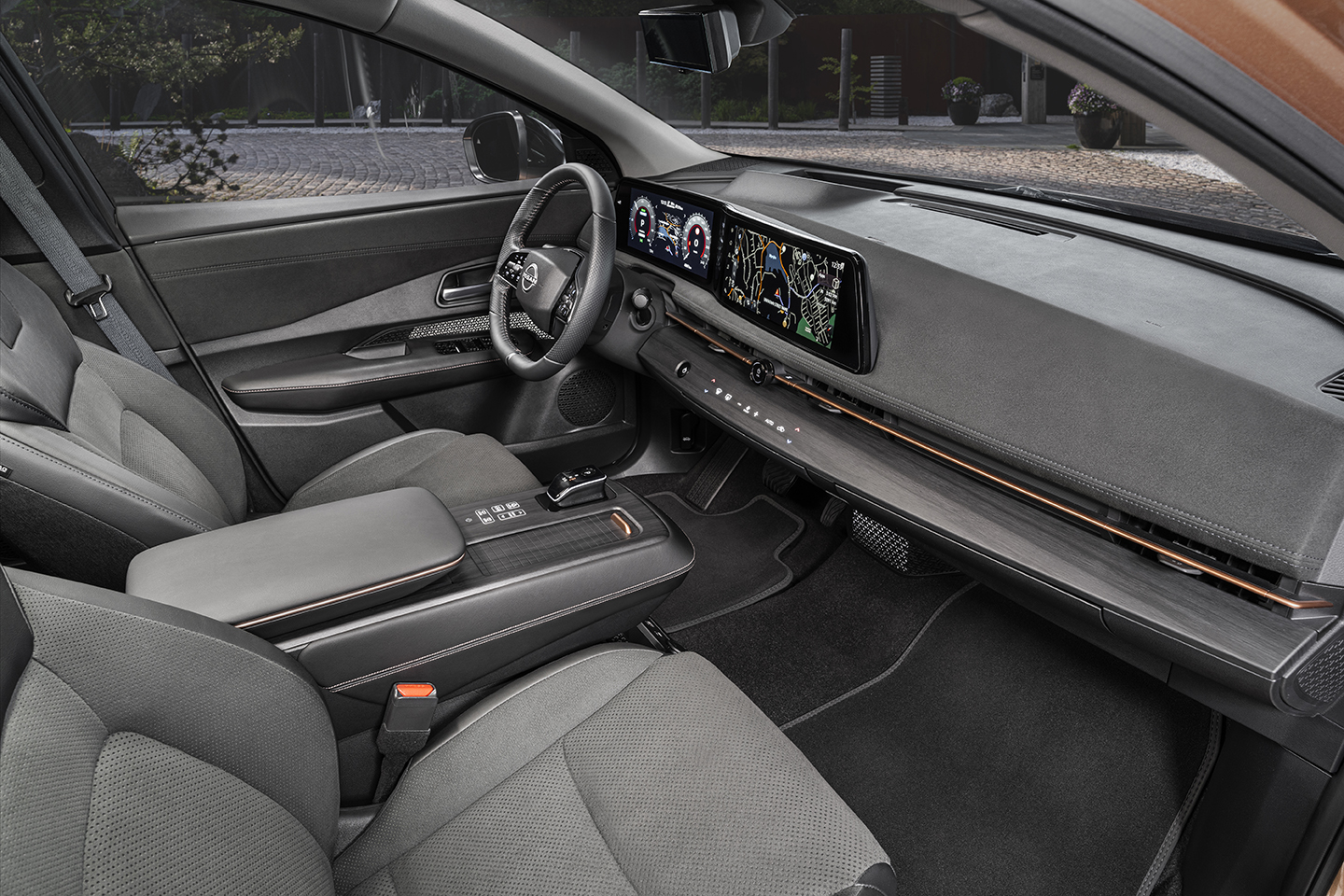
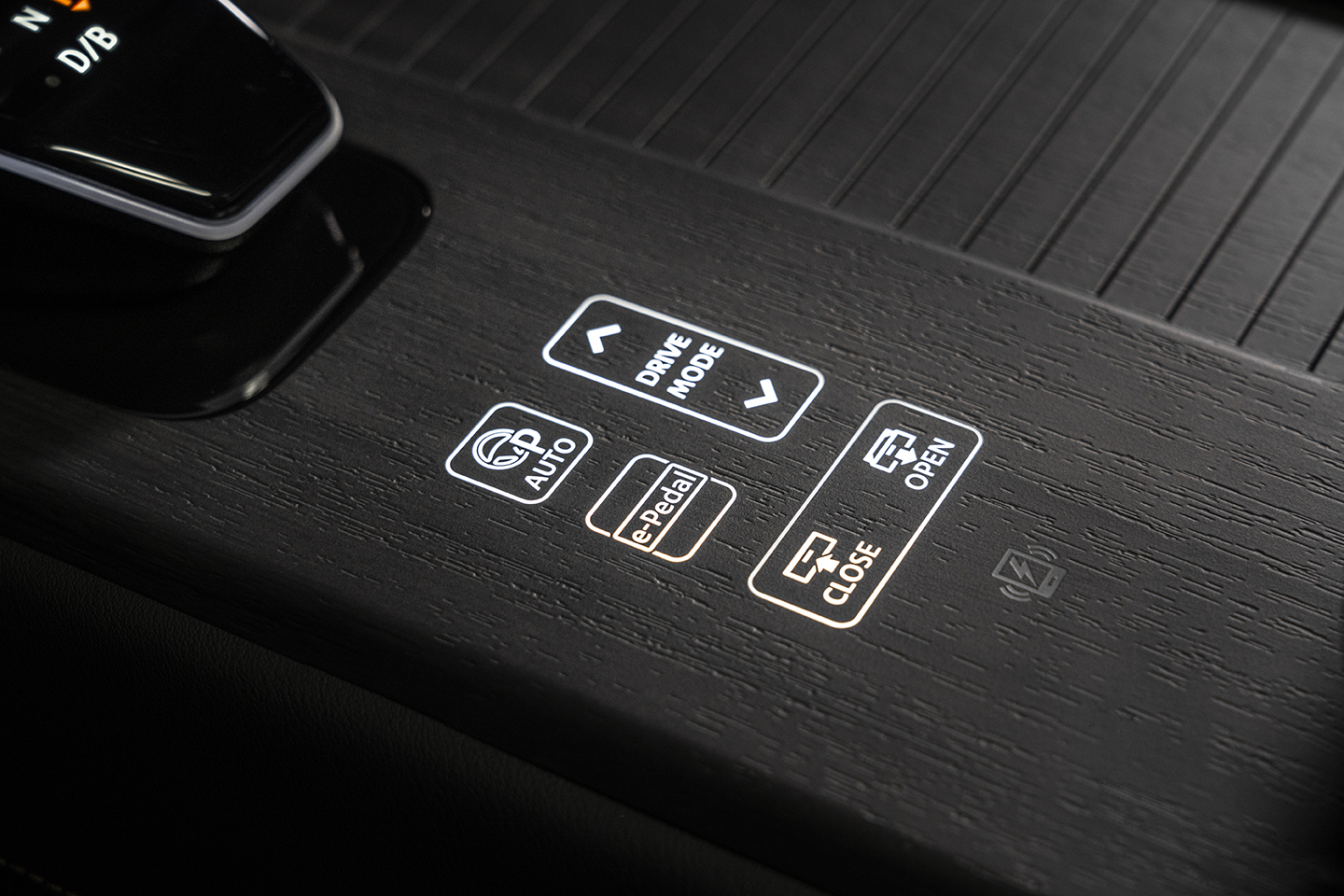
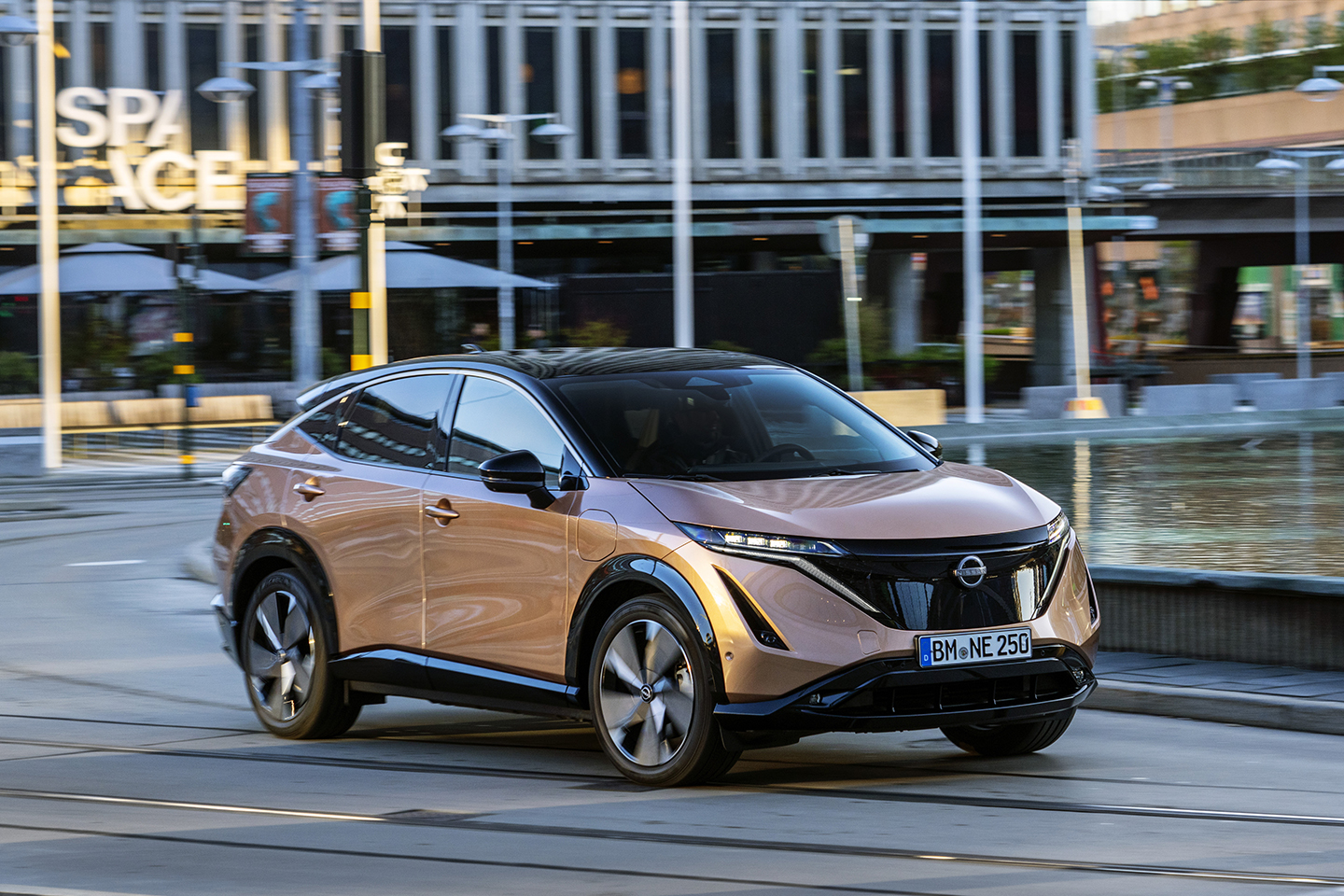
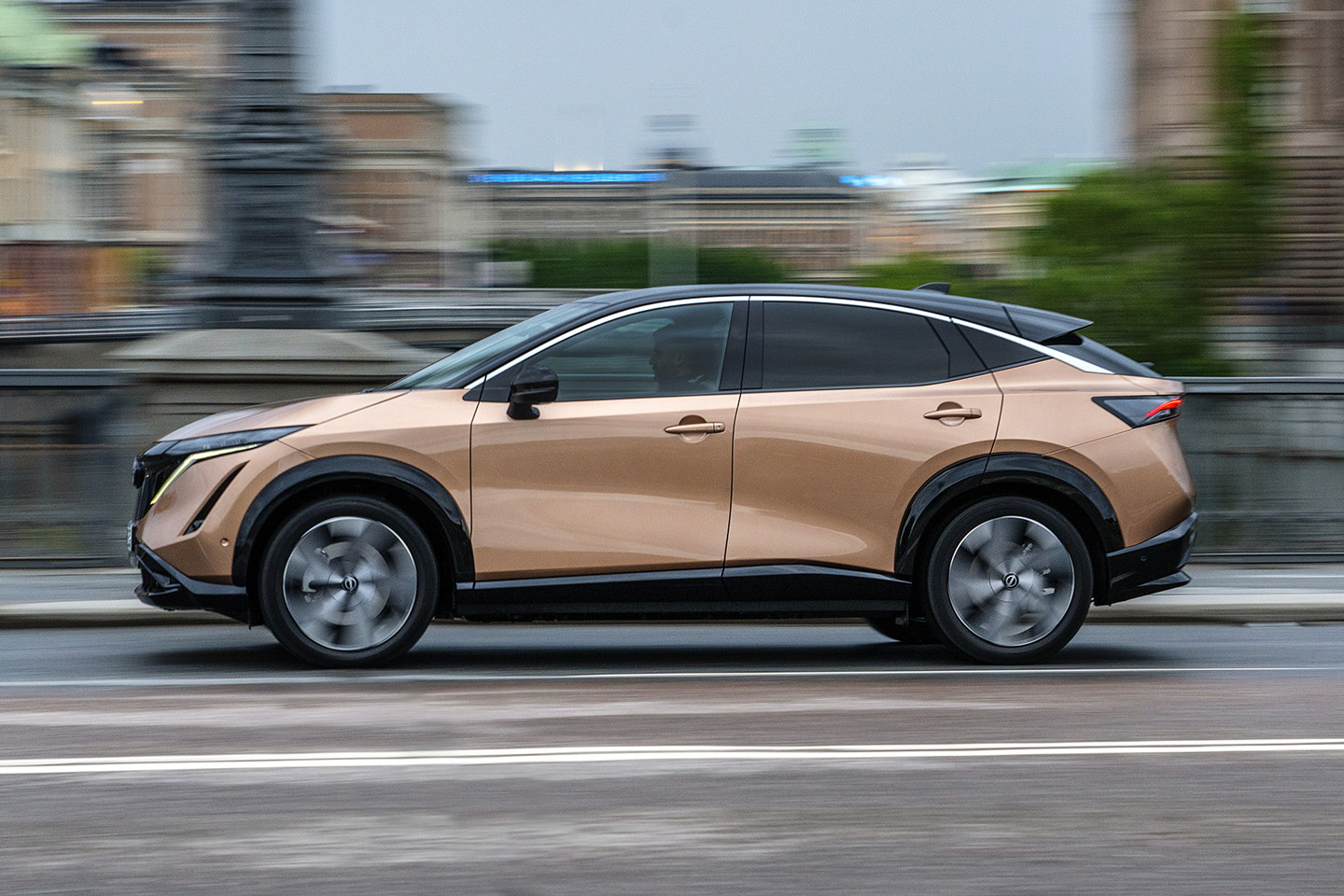
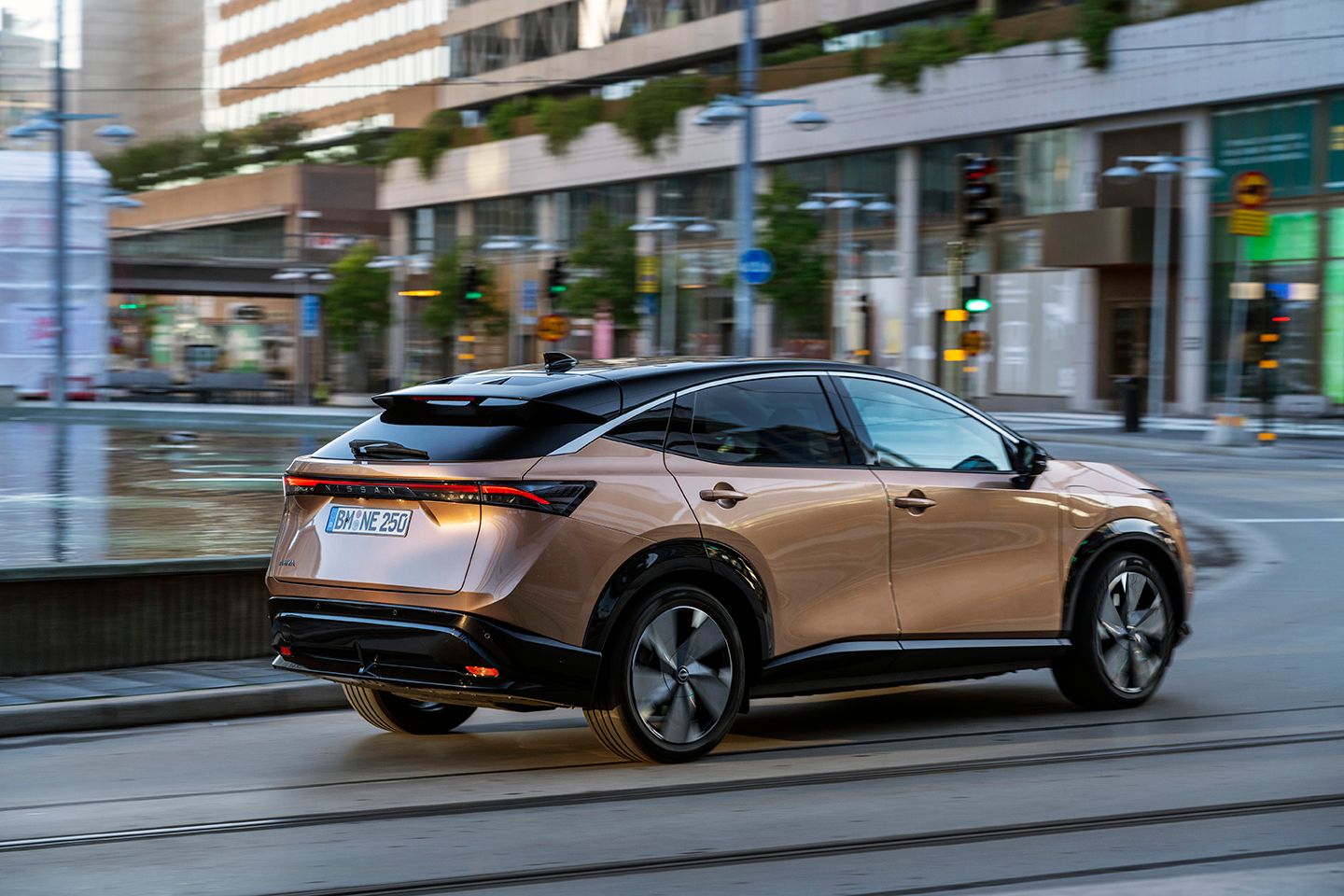
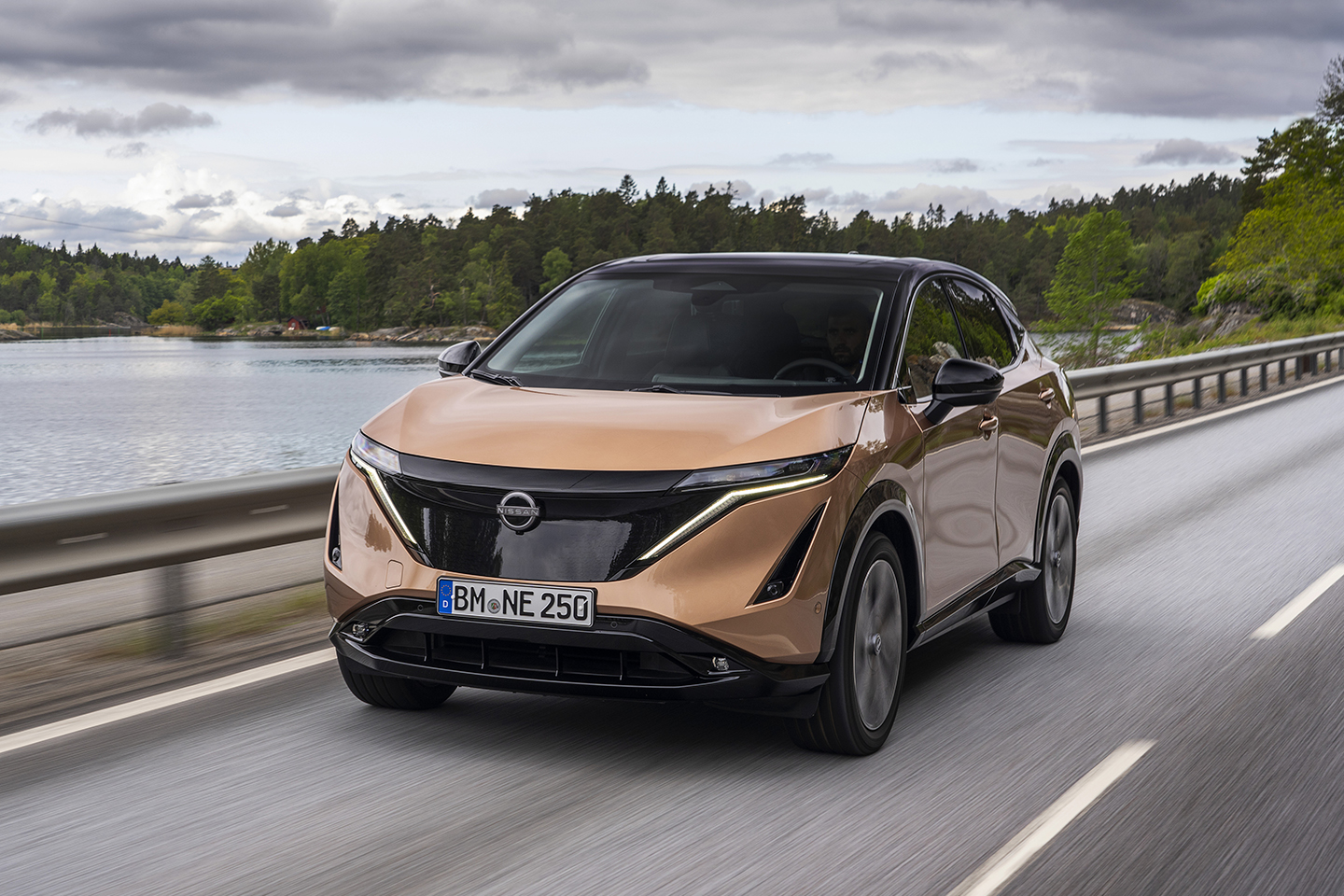
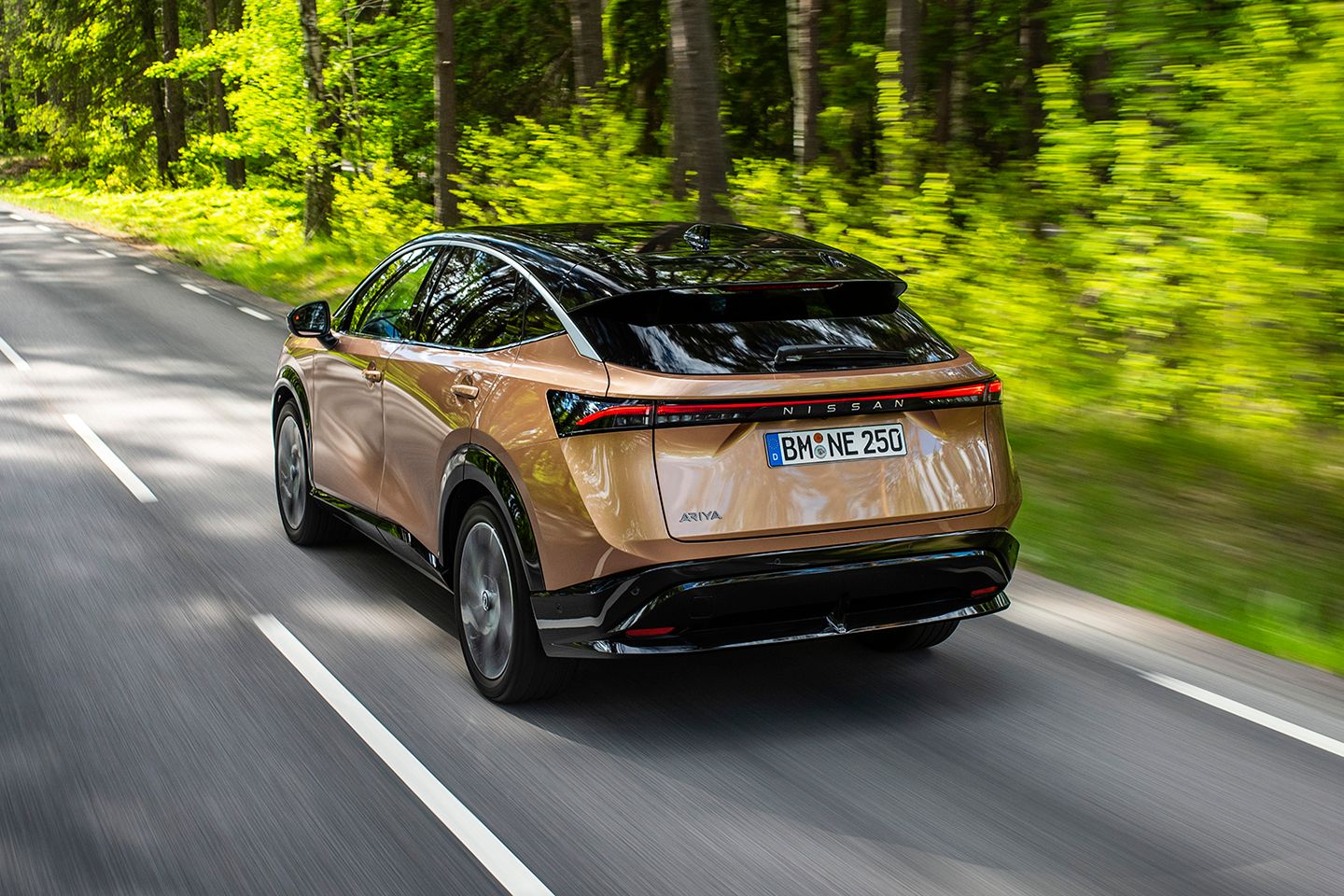
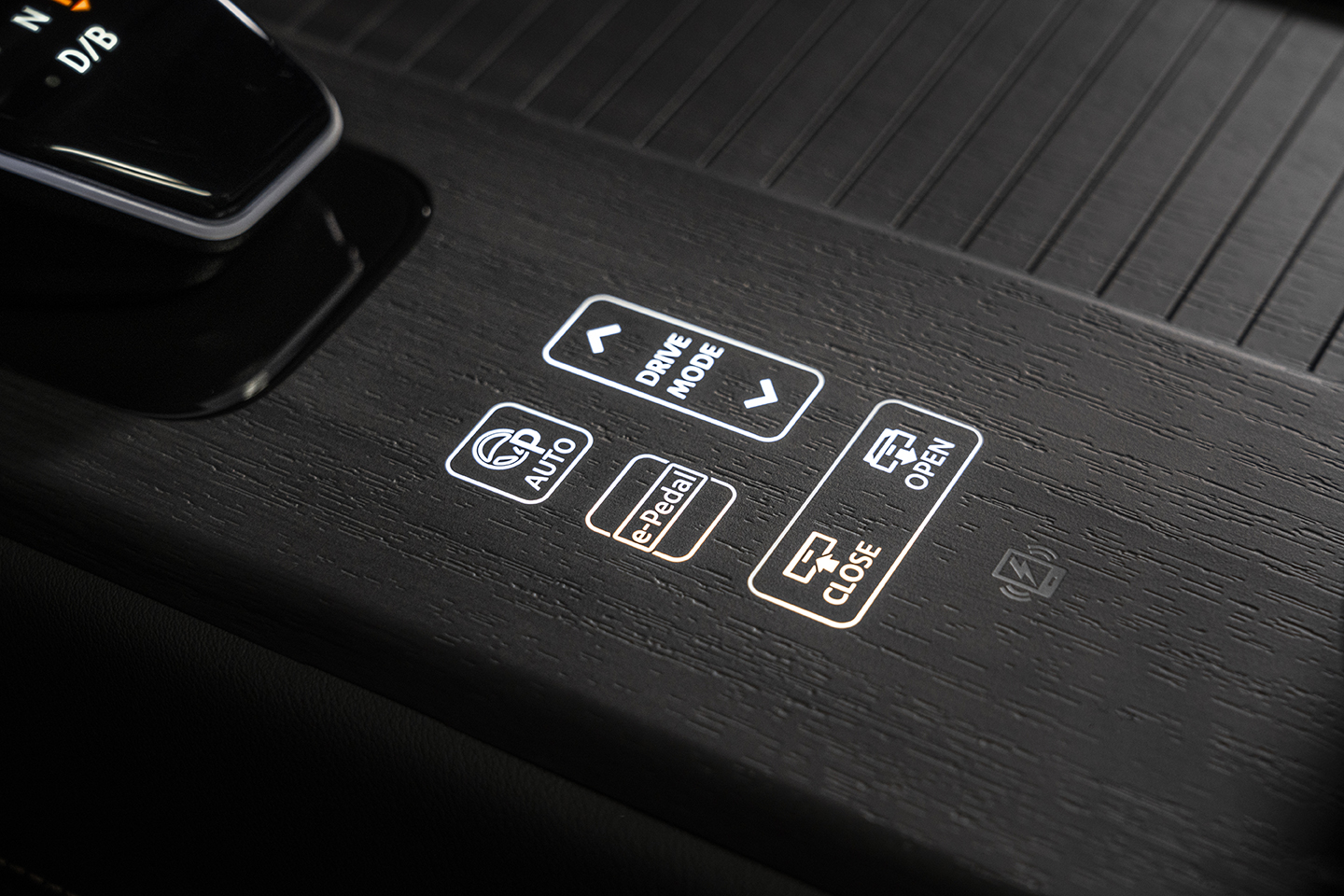
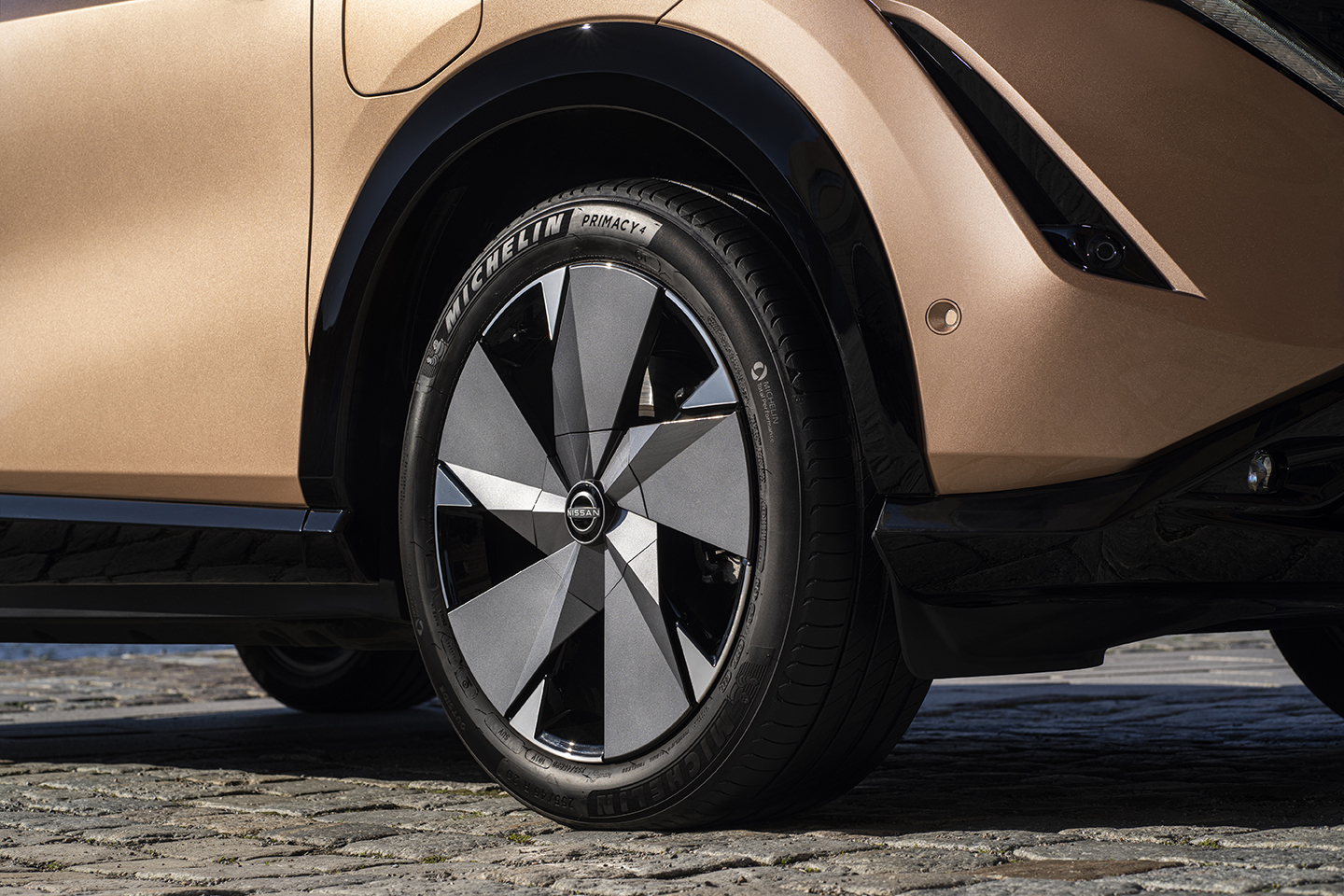
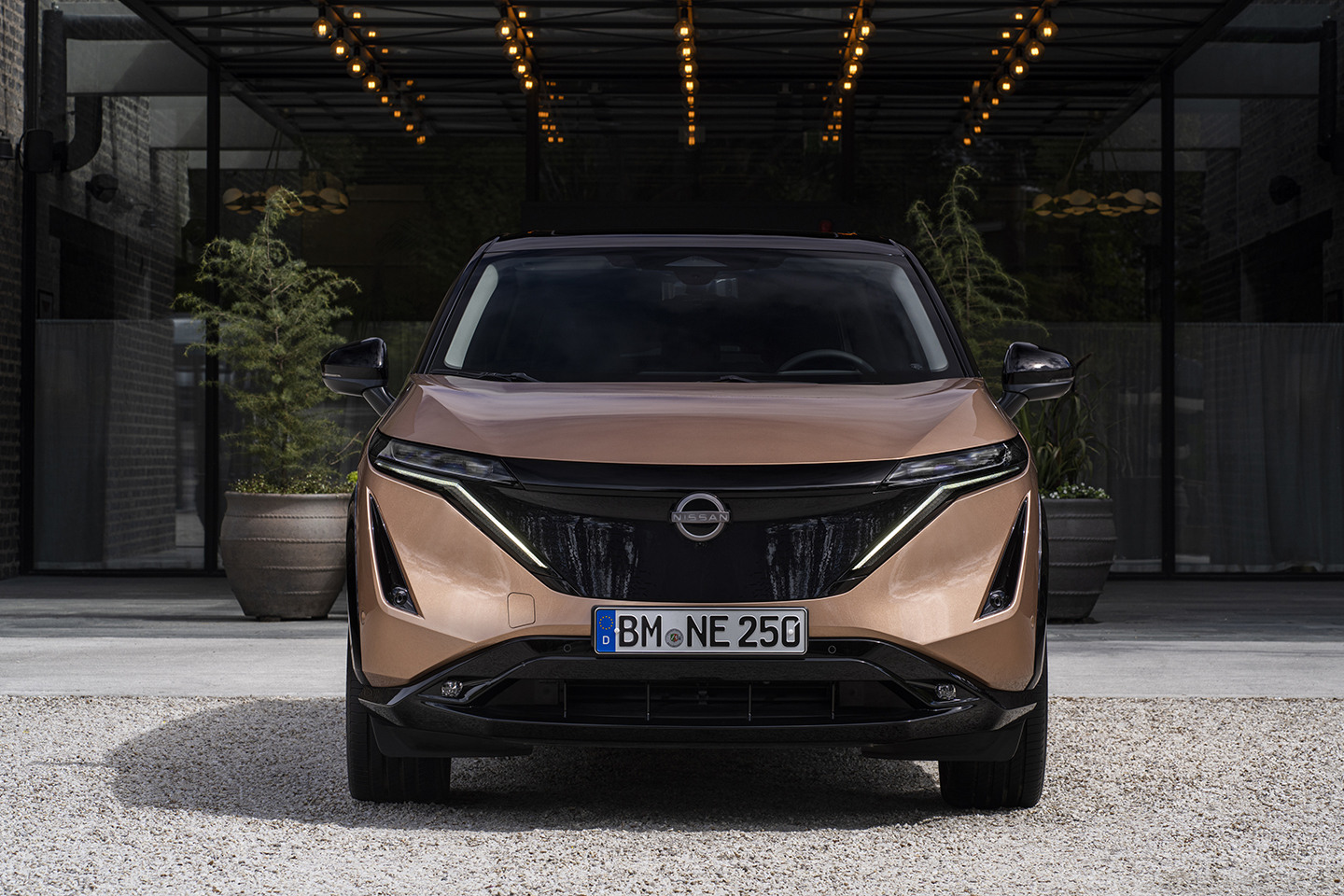
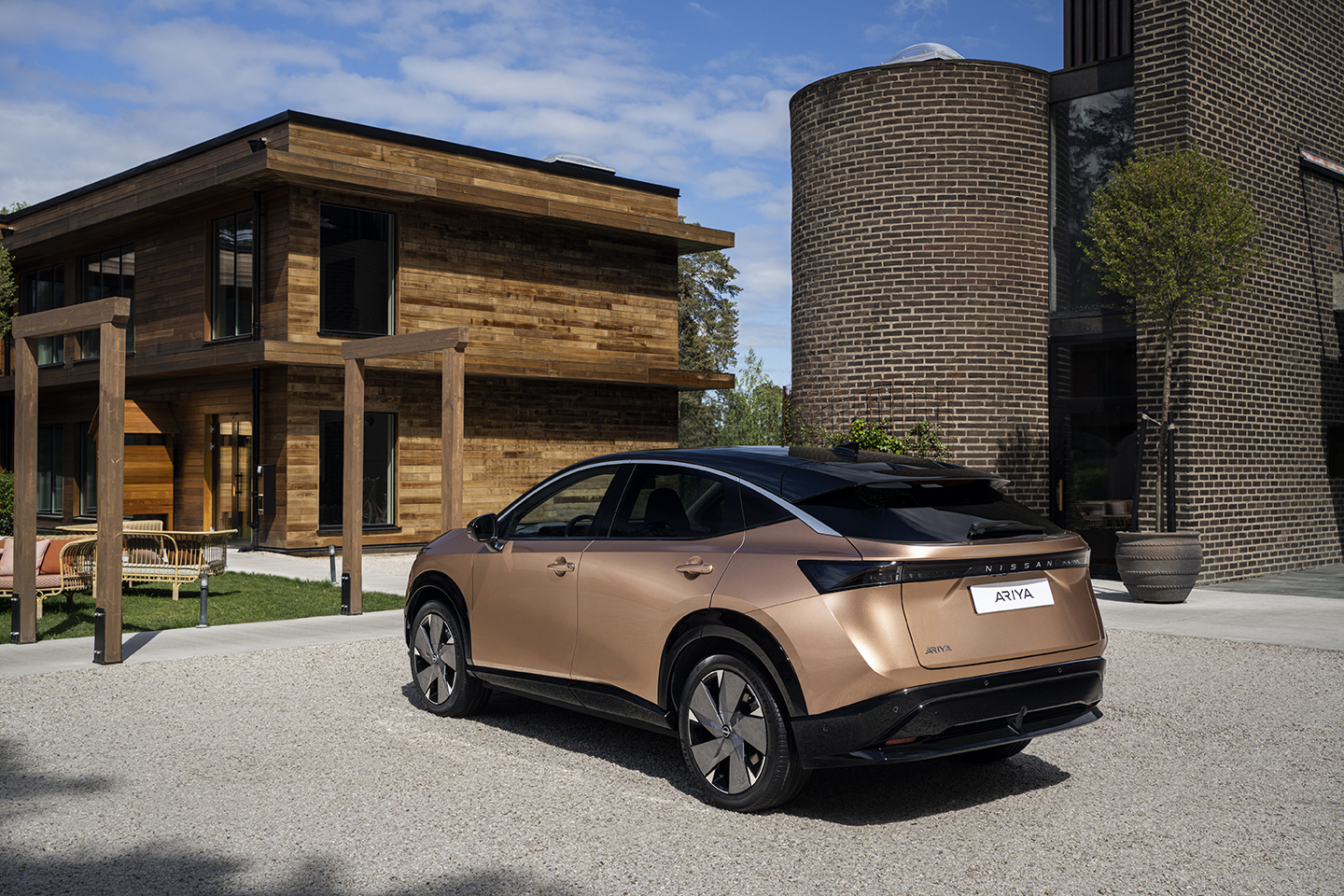
Gassing Station | General Gassing | Top of Page | What's New | My Stuff



